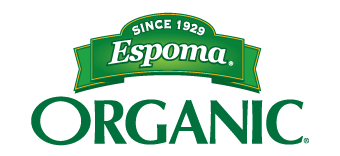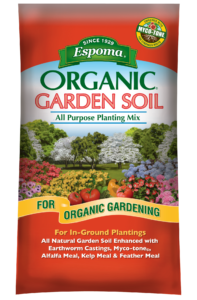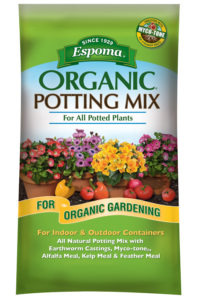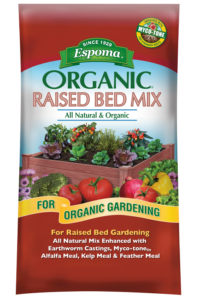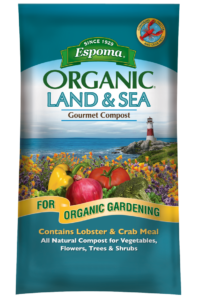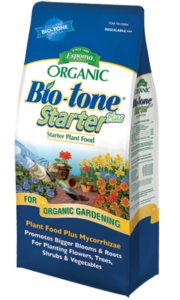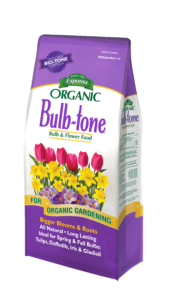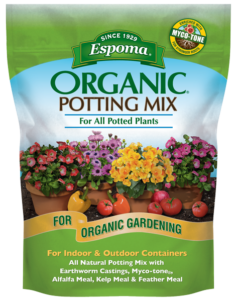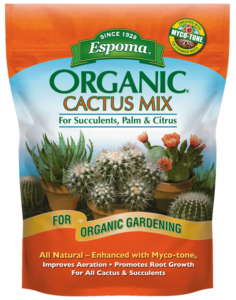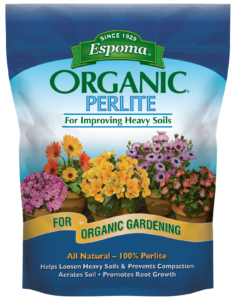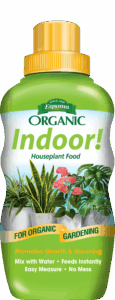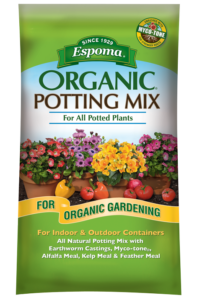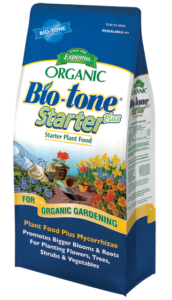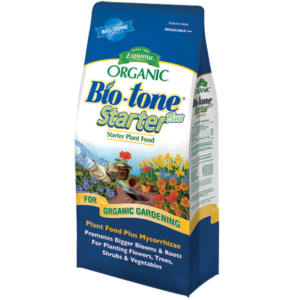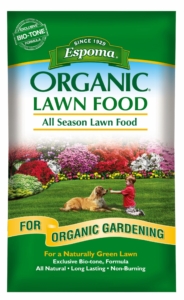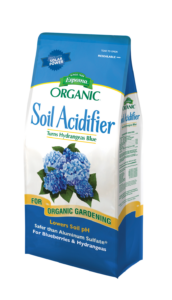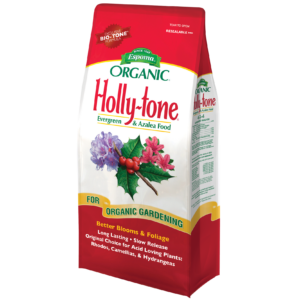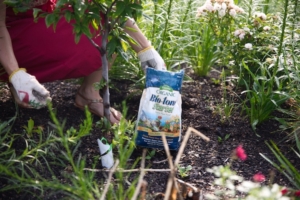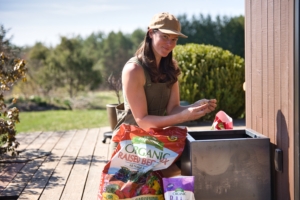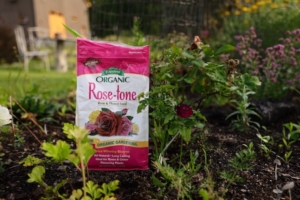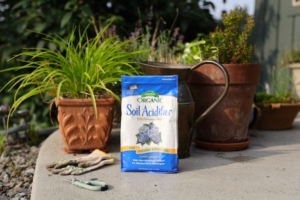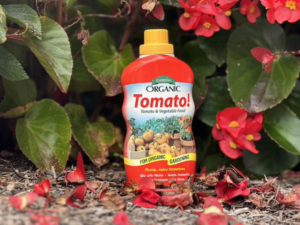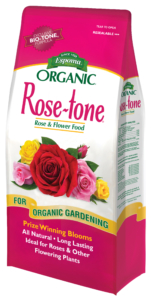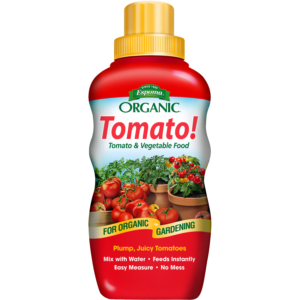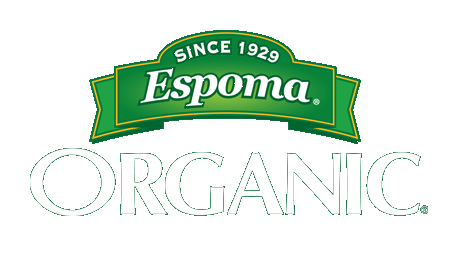VIDEO: One Last Autumn Stroll 🍁🍂 with Summer Rayne Oakes
Fall always feels like the quickest season in the garden, and in her final autumn tour at Flock Finger Lakes, Summer Rayne Oakes invites us to slow down and savor what’s left before winter fully settles in. As she walks the property, you’ll see how the gardens she’s been nurturing with Espoma Organic Fertilizers and Potting Soils have grown into layered, living spaces that carry beauty even as the blooms fade and the days grow shorter.
A Farewell Walk Through the Pollinator & Herb Gardens
The tour begins on a crisp morning among the pollinator and herb gardens, where most of the leaves have already dropped, but the seed heads still stand tall. Summer lets them remain for the songbirds, creating a soft, textural landscape that feels both wild and intentional. From there, she moves to a front garden bed, gently tucking in Virginia bluebells beneath a freshly prepared layer of mulch and rich soil, imagining how their spring flowers will weave into the story of next year’s garden.
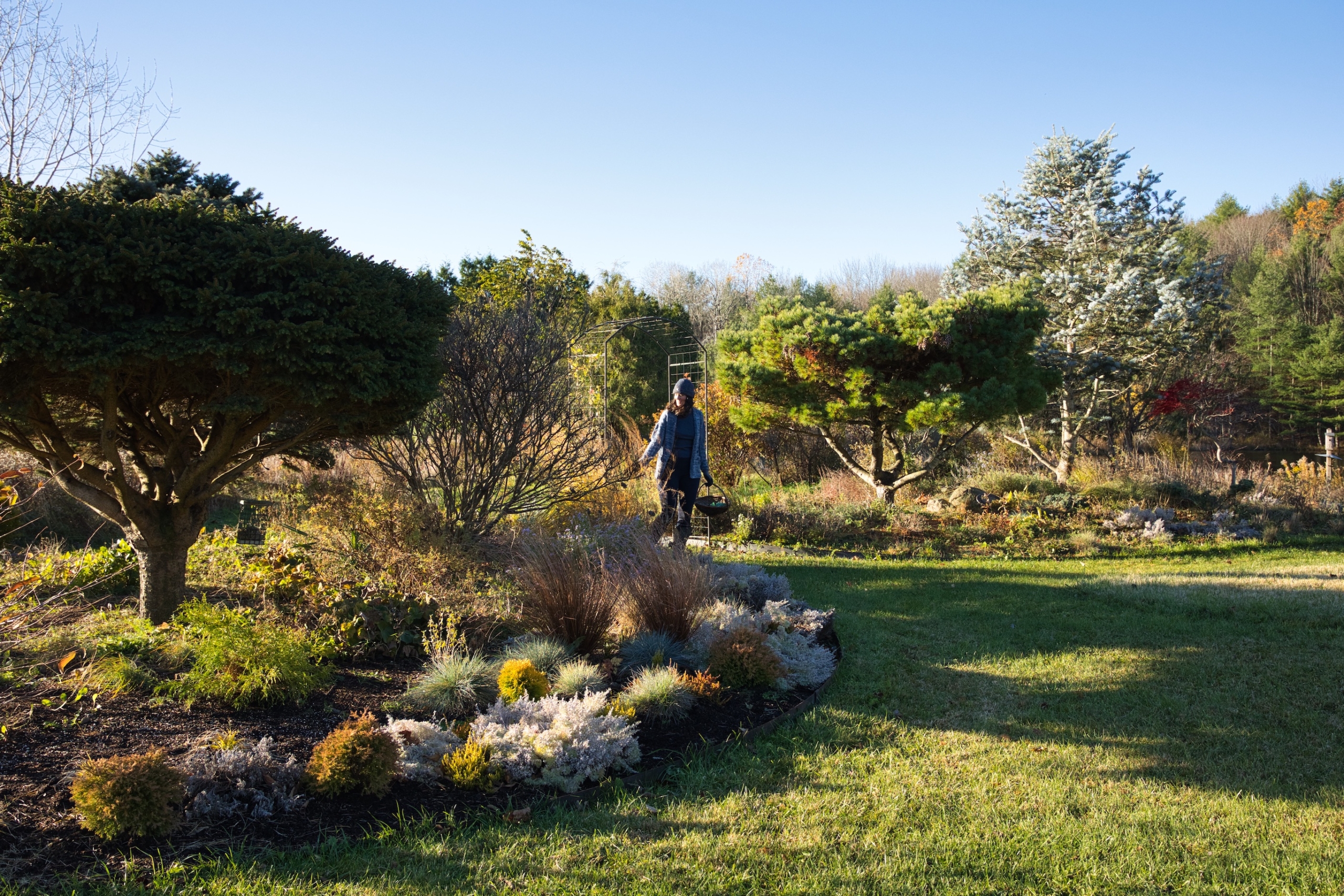
Soft Light on the Pond, Meadow, and Grasses
In the video, Summer moves down to the pond and meadow, where goldenrods, asters, sedges, and native grasses catch the low autumn light. The seed heads shimmer, the pond sits quietly in the background, and you get the sense that the garden is exhaling after a full season of growth. A visit to the compost pile reminds us that all of this beauty is supported by what’s happening beneath the surface: wood chips, sawdust, clippings, and plant debris slowly transforming into the soil that will feed future plantings.
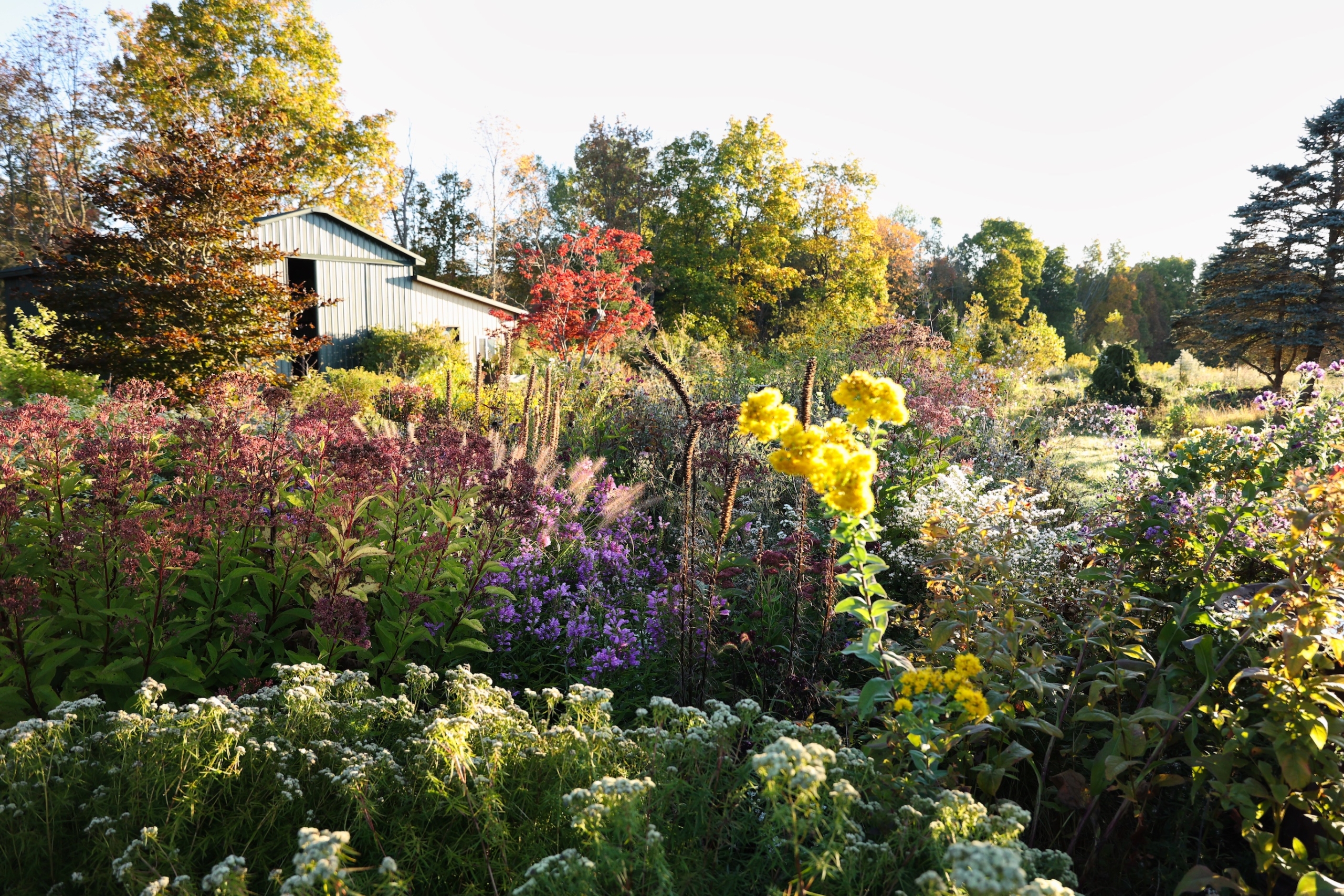
The Meadow House gardens
At the Meadow House gardens, the mood shifts to one of hopeful beginnings. These beds are still young, yet already filled with perennials, bulbs, and containers that will be tucked away for protection as temperatures drop. You can almost imagine how full and lush it will all look when spring and summer return.
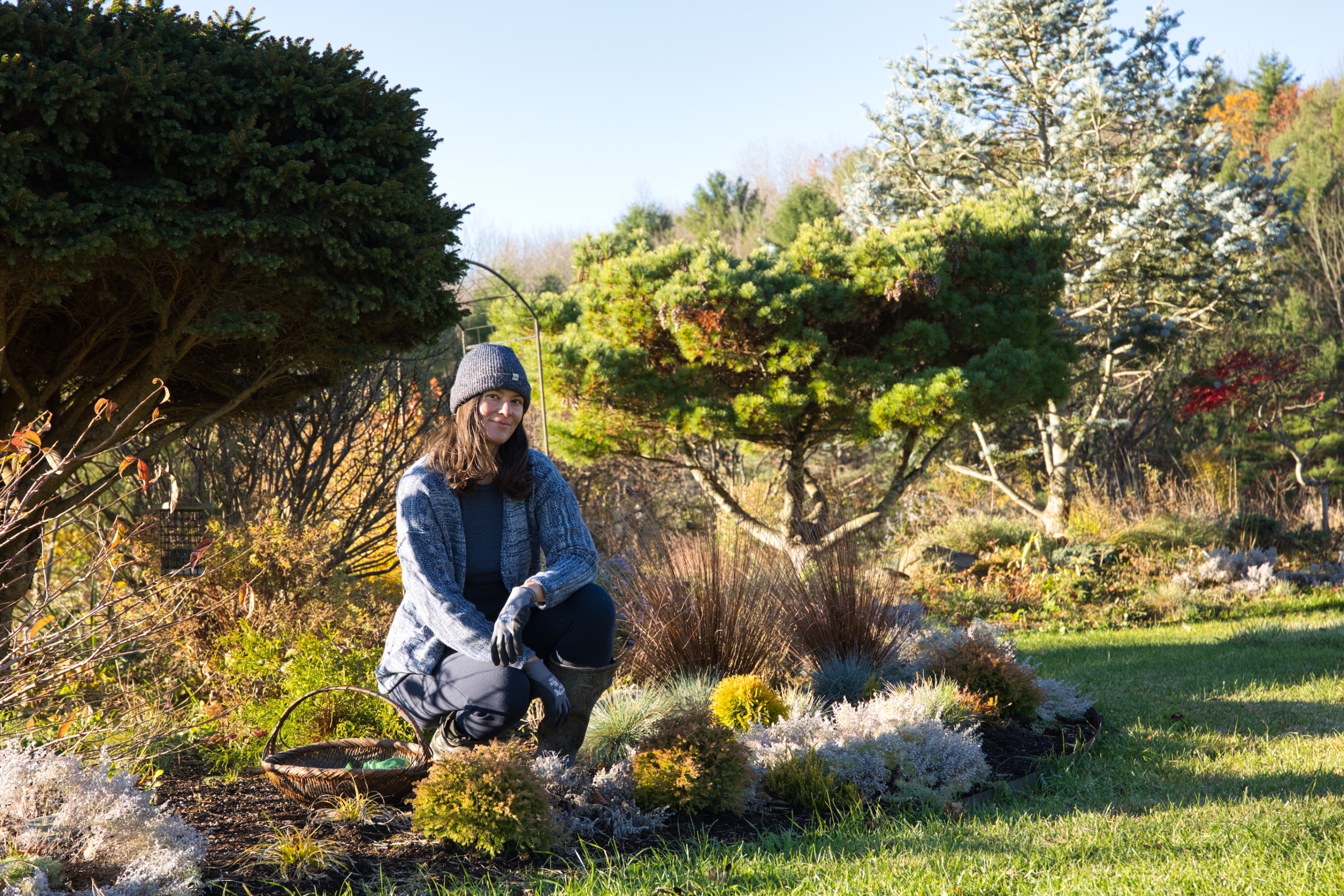
Reflecting on Five Seasons of Growth
Summer reflects on five years of tending this land and how much has changed in that time—tiny trees now casting shade, shrubs filling out, meadows finding their own rhythm. It’s a gentle, grateful goodbye to fall, and a quiet nod toward all that’s still to come.
*****
Featured Products:
